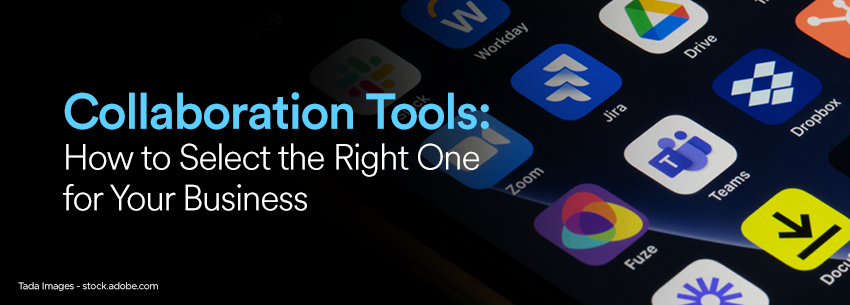As the modern work environment shifts toward remote work, collaboration tools become necessary for every workplace. While most large businesses already use these tools extensively, small and medium-sized businesses (SMBs) may have difficulty deciding whether they need collaboration tools and, if so, which one to use.
Collaboration tools help coworkers work together more effectively, usually through a chat feature, a video call feature, and other functions based on a company’s operations. Notable collaboration tools include Slack, Microsoft Teams, Zoom, and Google Workspace.
Choosing collaboration tools
No matter the size, almost every business would benefit from using one or more collaboration tools. Collaboration tools are usually most important for remote work environments, but even in-person coworkers can benefit from project management tools such as Trello or Google Drive. Though their interfaces are different, both tools can help coworkers stay on the same page about project progress, who is working on what, and where to send deliverables. If a business does a lot of writing or data entry, Google Drive is the way to go, while Trello is better for tasks that do not fit into those categories. For example, an introductory video on their website shows how to run a taco truck with Trello.
Chat and video conferencing features are also necessary for a remote work environment. These features may also be necessary for an in-person environment, but they absolutely make or break a remote work environment. A chat feature allows quicker and more streamlined messaging than emails, allowing work to be done more quickly. For a business that uses Google Workspace, Google Chat is a great way to go for its integration with the rest of Workspace. Otherwise, Slack is probably a better choice. Its free version saves the last 10,000 messages, offers unlimited 1:1 video conferencing, and allows users to organize messages into both channels and threads, while Google Chat only uses threads.
Video conferencing allows a business to bring the benefits of in-person meetings to a remote setting. This capability is necessary for any business that would otherwise conduct in-person meetings. Zoom and Google Meet are the leading contenders for planned video meetings, with Google Meet offering slightly more. The free version of Google Meet has a time limit of 60 minutes for meetings with over two people, while the free version of Zoom has a time limit of 40 minutes for any meeting. SMBs probably do not need the paid version of either service since the paid versions mostly allow for more attendees and time.
An SMB would almost certainly benefit from an organizational tool such as Google Drive or Trello, and if it is a remote workplace, Slack and Google Meet will help keep the workplace running properly.





